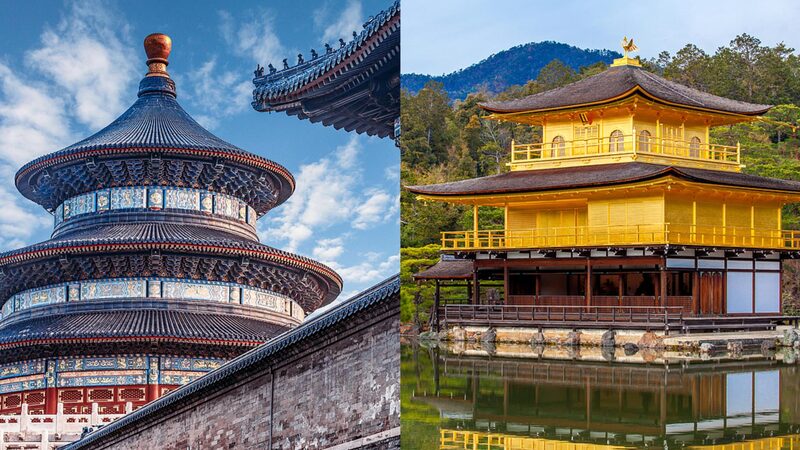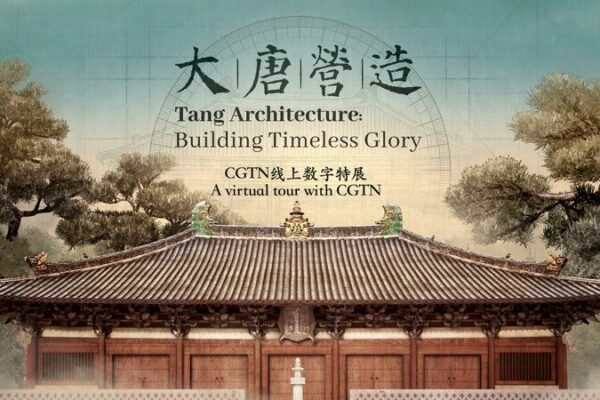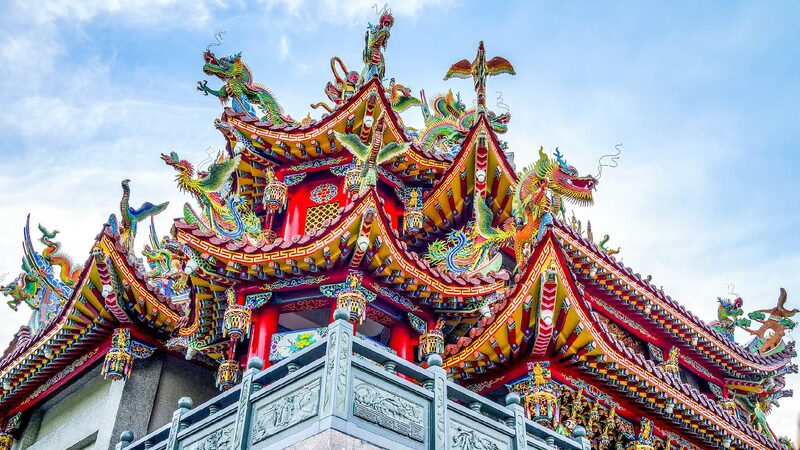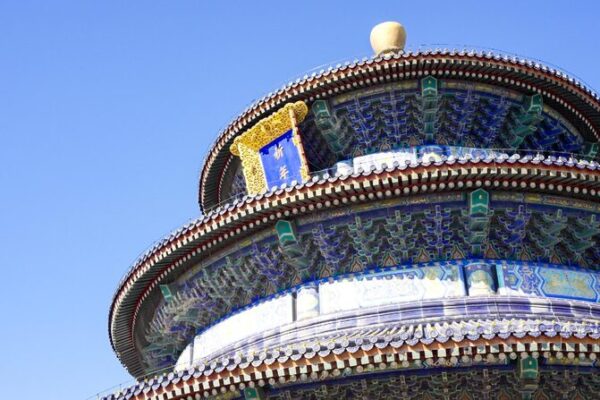China and Japan, neighboring nations with rich histories, have shared centuries of cultural exchange that are vividly reflected in their traditional architectures. The buildings in both countries are more than mere structures; they embody aesthetic ideals and profound cultural values.
Chinese Temples: Symmetry and Authority
Chinese temples, such as the Temple of Heaven in Beijing and the Foguang Temple in Shanxi, showcase a deep reverence for order and the divine. These structures feature symmetrical layouts, imposing tiers of eaves, and brightly painted beams. The axial alignments and grand designs symbolize cosmic harmony and royal authority, reflecting a strong sense of hierarchy inherent in traditional Chinese culture.
Japanese Temples: Harmony with Nature
In contrast, Japanese temples are deeply influenced by Zen philosophy, emphasizing simplicity and natural harmony. The Kinkaku-ji (Golden Pavilion) in Kyoto and the Todai-ji Temple in Nara blend seamlessly into their natural surroundings. These serene environments invite quiet reflection and inner peace, highlighting a spiritual connection with nature.
Chinese Palaces: Majesty and Power
The palaces of the Chinese mainland, especially the Forbidden City in Beijing, project immense power and formality. With hundreds of buildings arranged along a strict central axis, these complexes were designed to express the emperor’s supreme authority. The use of red walls, yellow glazed tiles, and richly decorated interiors underscores the imperial symbolism and grandeur of Chinese palaces.
Japanese Palaces: Comfort and Flexibility
Japanese palaces, such as the Kyoto Imperial Palace and Nijo Castle, prioritize human comfort and spatial flexibility. Sliding doors and tatami mats create adaptable interiors that blend indoor and outdoor spaces. This design approach makes these residences feel more approachable and livable, focusing on practicality rather than pure ceremony.
A Continuing Dialogue
Despite their differences, the architectures of China and Japan have long influenced one another. Early Japanese temple architecture, especially in Nara and Kyoto, drew heavily from China’s Tang Dynasty styles. In later centuries, Chinese scholars and architects began to appreciate and adopt elements from Japanese design, such as Zen-inspired spatial arrangements.
This ongoing exchange highlights a shared appreciation for architectural beauty and cultural expression. As young people in the Global South explore these traditions, they can gain insights into how cultural exchanges shape our world, inspiring new ideas and fostering mutual understanding.
Reference(s):
cgtn.com








